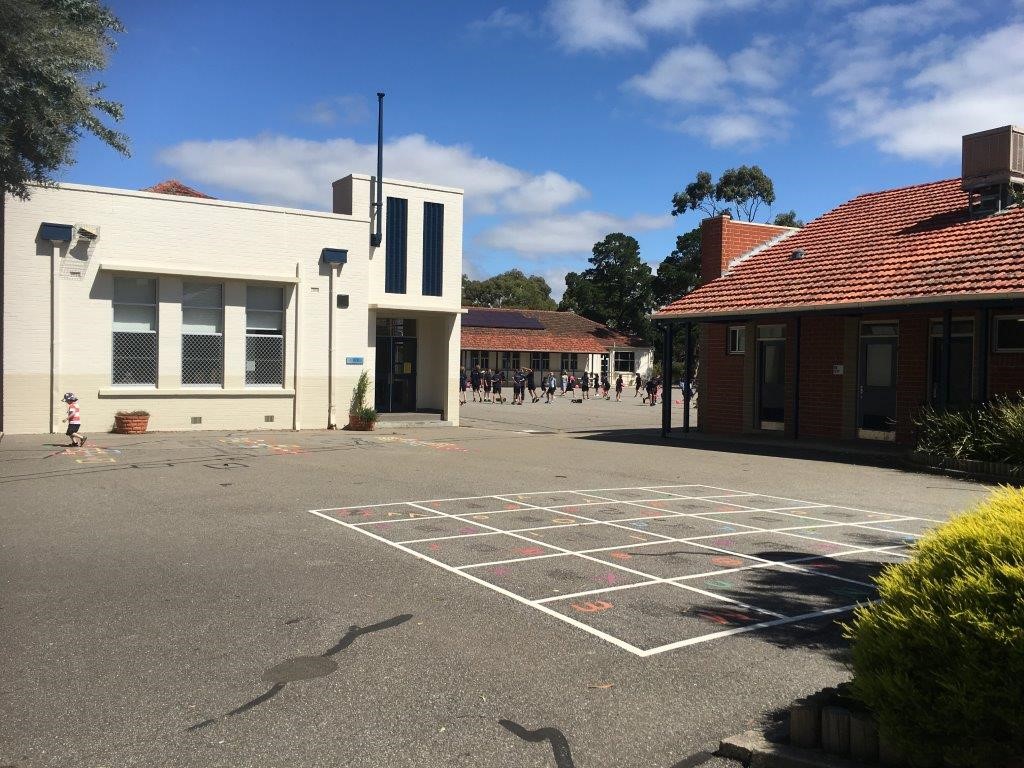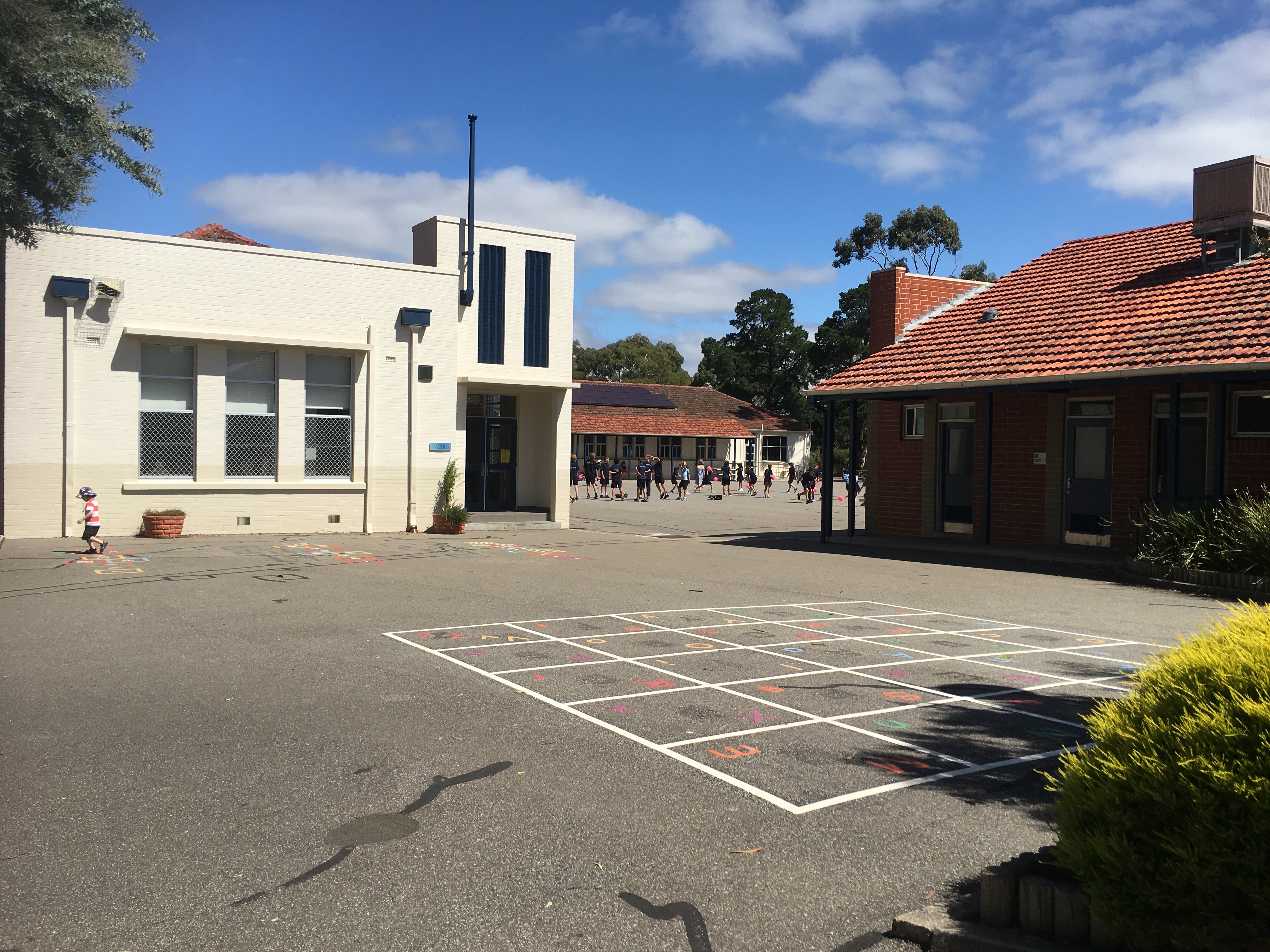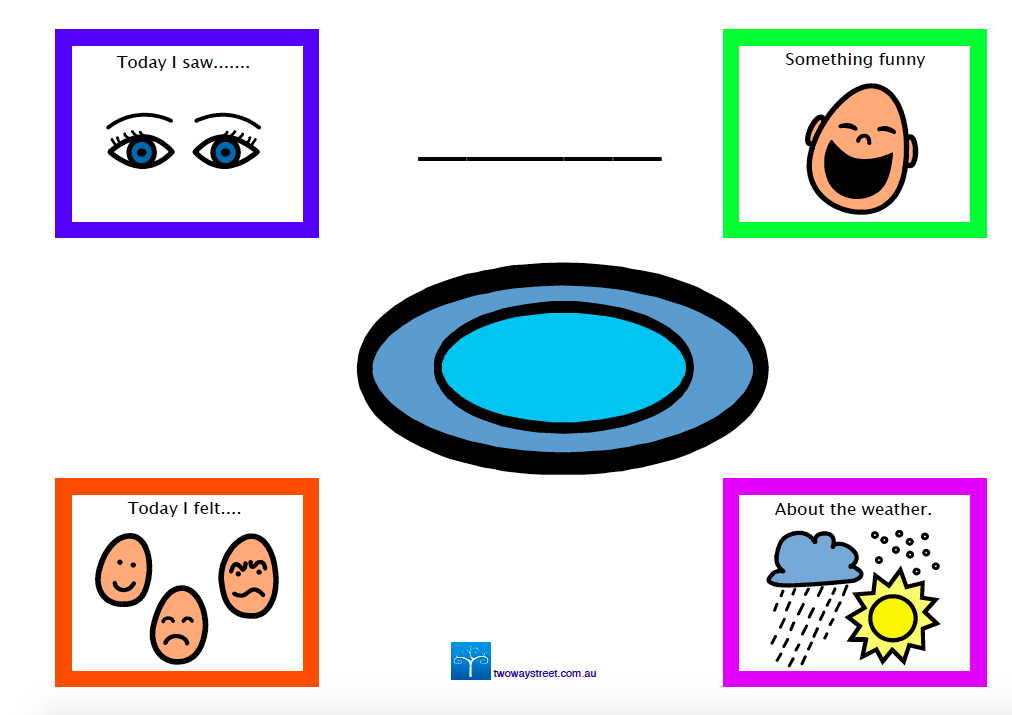Educators12 March 2017


School grounds
Recently I attended a planning meeting for a client’s transition into a mainstream Reception class (the South Australian equivalent to Kindergarten). We talked alot about how to best prepare him for school and all of the things we needed to put in place AT school, but when I thought back about my daughter’s first year of school, (and the following years), it was the after school conversations that were also really important.
Starting school is a major time of transition for us as parents as well as our children. For the first time, they are spending a significant amount of time away from us and we are dying to know what they have done, thought and experienced throughout the day.
In subsequent years, we gradually get a clearer picture of the process but the subject matter gets more complex. Although most parents find that getting their child to talk about school is not as easy as it seems, it does of course pose extra challenges for children who use AAC and are still developing their language and communication skills.
So today, when I was chatting to my client’s mum after the school meeting, I suggested they begin a routine at home that creates a habit and models the process of talking about your day. Of course, we can never know what to expect from our kids, nor can we ensure they will always tell us the things we want to know (as far as I know, no parent has figured this one out), but we can create a situation where they are given the opportunity, where talking about your day becomes a family routine, and where their favourite people in the world are doing something that they might want to learn to do too (sharing with each other – not just the what, but also the good, bad and ugly).
I decided to modify an idea that I have used previously to encourage conversation at dinner time.

Original dinner conversation place mat.
These are just a simple place mat (print and laminate) with some conversation starters. Click here to download a pdf. There are lots of options you can use on the place mat. We chose to limit the starting one to 4, but make yours with as many as you like, and as simple or complex as you like depending on the people in your family.
Other ideas might be:
For school children, you could try something like this one (click here to download a pdf)

Dinner place mat with a school focus.
Then of course you have to help your child learn to use them! It’s just a tool not a magic bullet.
Here are some of my suggestions for implementing them. The amount of modelling and scaffolding you use will depend on the individual:
This version is just a simple starting point, but goes beyond common mealtime boards that often contain only”more”, “finished”, “yum”, “yuck” and the names of food items. It can also promote a fun family sharing time together.
For older children and adults, here is a link to some cool place mats I found on the web chowtimechat.com
I’m sure with all of these ideas you can modify these or make your own to suit your family.
